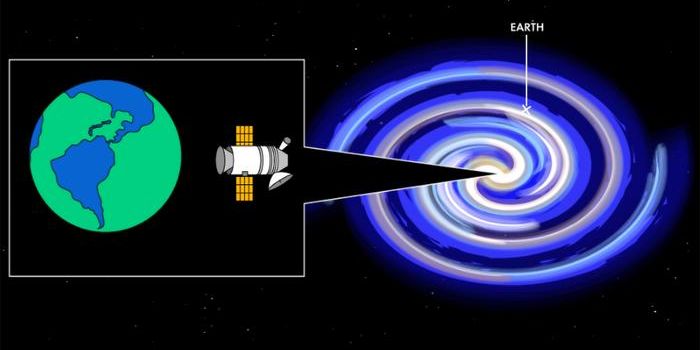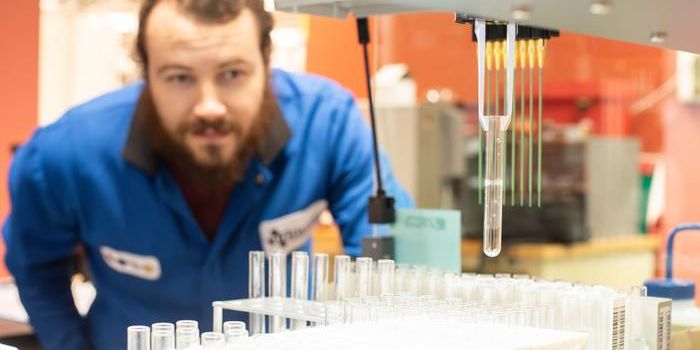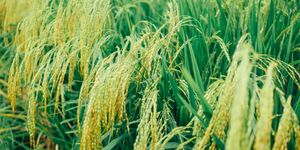Why are volcanoes so awesome?
Volcanic eruptions are one of the most awe-inspiring spectacles to witness. You are literally watching Earth at work as it spews out its insides onto the surface. As such, studying volcanoes are the best way to study the interior of the Earth as we can’t physically venture down into it. We’ve all seen eruptions videos from afar, up close with drones, and even from the International Space Station. Volcanoes are a wonder to behold, but what makes them so intriguing to study?
While volcanoes can be a very destructive force, they are also a force of creation, as they are one of the primary reasons why life exists on our beautiful world. They are responsible for keeping the planet warm and the atmosphere thick so liquid water can exist here. The Earth’s land mass was built over billions of years by underground molten rock. Over time, this released gases into the atmosphere. In turn, this created Earth’s oceans, which allowed the first life forms to flourish.
A volcano is formed when hot molten rock, ash, and gas escape from an opening in the Earth’s surface and is brought upon by the buildup of magma inside of the Earth. Eruptions are caused when this buildup gets so great that there is no other recourse than for the magma to erupt onto the surface.
There are currently about 1,350 potentially active volcanoes worldwide, with many located along the Pacific Rim in what is known as the “Ring of Fire”. There are 161 potentially active volcanoes in the United States and its territories.
In terms of other planets in our solar system, Jupiter’s moon, Io, is the most volcanically active body in the entire solar system, and far more active than the Earth. It has hundreds of active volcanoes, often erupting lava fountains dozens of miles (or kilometers) above the surface. While Earth’s volcanism is attributed to its molten outer core, volcanism on Io is attributed to what’s known as tidal heating. This phenomenon is the result of a tug-of-war between Jupiter's powerful gravity and smaller but precisely timed pulls from two neighboring moons that orbit farther from Jupiter – Europa and Ganymede.
Another planetary body where volcanism used to be active is Mars, as just as Earth it was responsible for keeping the planet warm and maintaining a thick atmosphere, and possibly life. While recent research has postulated that Mars might be volcanically active today, the Red Planet is nothing more than a cold, dead world devoid of life on the surface.
As always, keep doing science & keep looking up!
Sources: NASA EPDC, One Geology Kids, United States Geological Survey, NASA Solar System Exploration, Space.com (1), Space.com (2)








